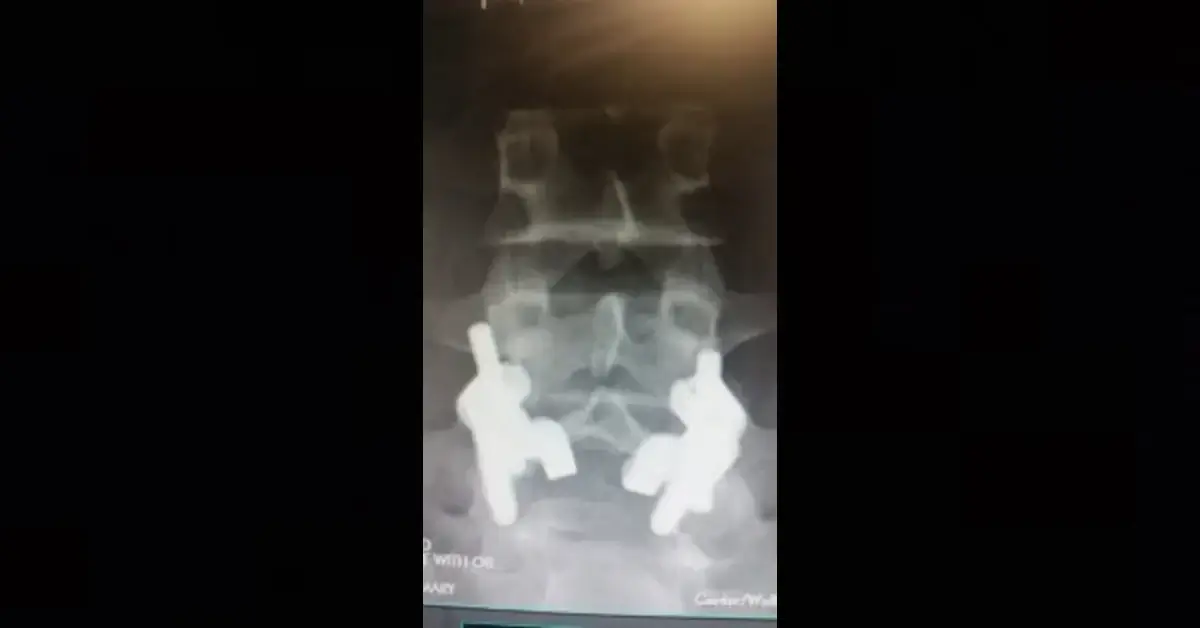Spondylolysis is a known spinal condition affecting up to 15 percent of the population in which a vertebrae has a definable fracture or crack in a segment of bone known as the pars interarticularis. This is not a congenital condition, but rather acquired, appearing at the age of five and upwards.
Athletes, in particular gymnasts, are susceptible because of the extreme stresses they place on their spine, particularly in hyperextension. Most spondylolysis can be detected via X-ray, and in certain cases a CAT scan or MRI is necessary as an adjunct study. Most spondylolysis can be managed with conservative management with anti-inflammatory medications, cessation of painful activities, brace treatment, and occasionally injections.
Police officers or recruits may be confronted with this diagnosis on a screening exam or X-ray. One study involving a screening of Israeli police officers found that 169 out of 3,988, or four percent, to have spondylolysis. There was no difference noted in absenteeism among those without and with spondylolysis, so just having the condition may not disqualify someone from active duty.
When the back pain is not relieved by the treatments listed above, or if pain begins to radiate to the legs because of nerve irritation as the body attempts a primitive repair of the lysis, or fracture, then surgery may be warranted. Basic surgeries include either a fusion surgery, which attempts to fuse one bone to the next, or a direct repair. Direct repair is more often performed in a younger population in which there is no disc or shock absorber disease at the level of the spine or in adjacent levels. Active duty police officers may be good candidates for direct repair. Two common techniques include a screw and hook compression technique or a direct screw repair technique.
At the Center for Musculoskeletal Disorders, we have had significant success particularly using the screw and hook compression technique. Enclosed is one of our X-rays on a recent 16-year-old basketball athlete who had a painful pars spondylolysis at the L5 disc lumbar vertebrae for over a year with failed conservative treatment and management.

